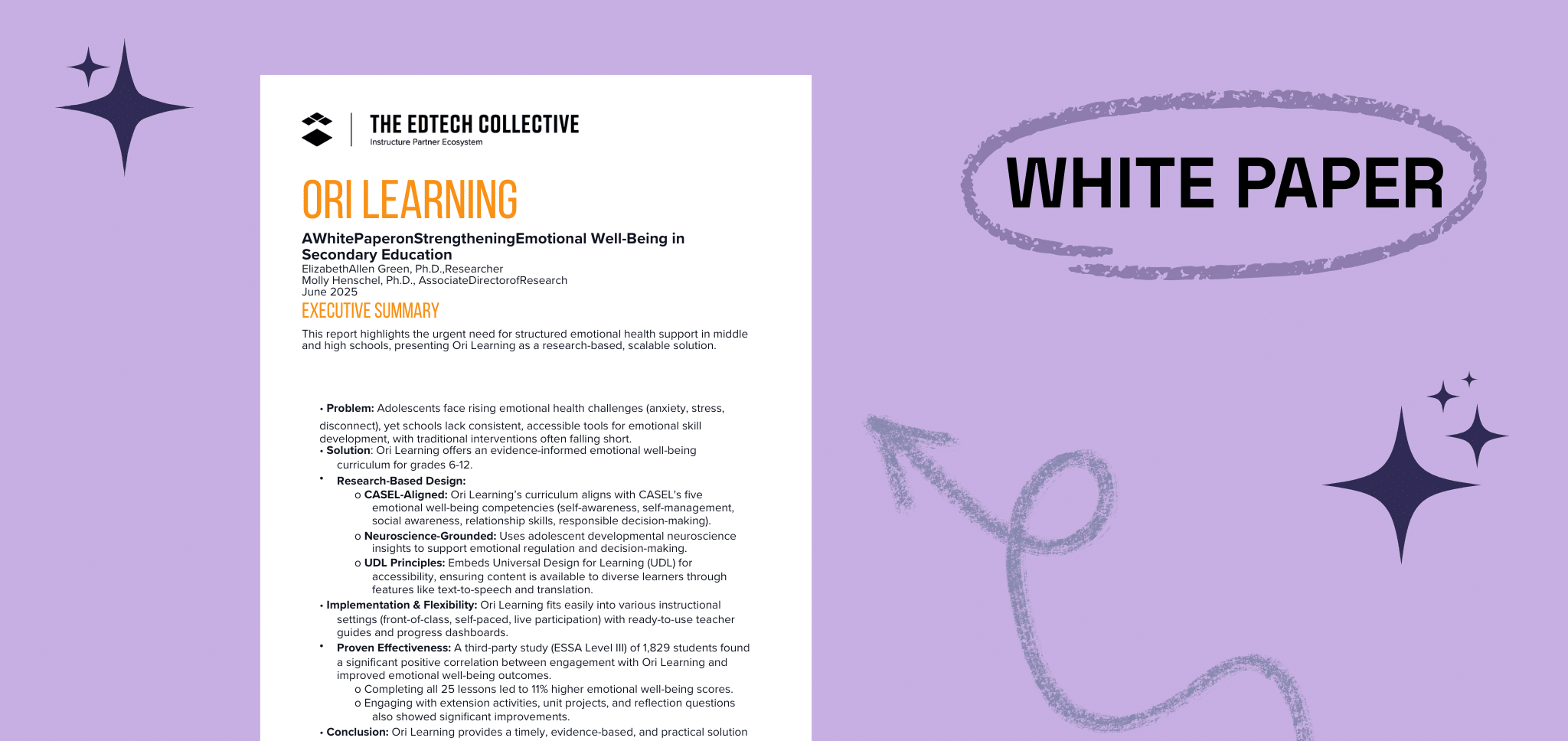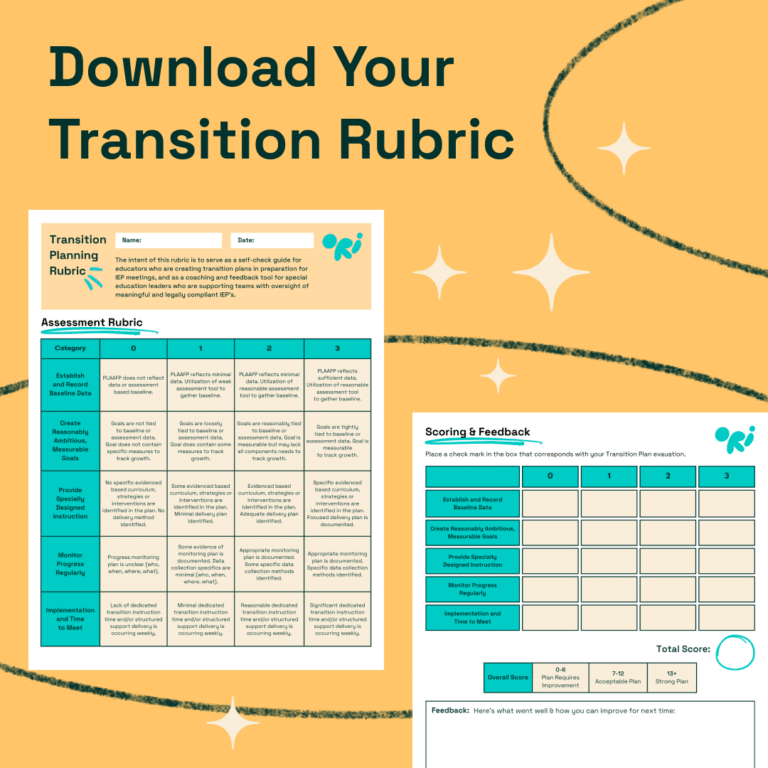

Mastering social cues is vital for students to engage successfully in social interactions and understand the nuances of communication. This guide aims to help educators formulate comprehensive Social Cues IEP goals to assist students with special needs in recognizing and responding to social signals effectively.
Social cues—such as facial expressions, body language, and tone of voice—play a fundamental role in communication. They help individuals interpret the context and emotional state of others, which is crucial for engaging in successful social interactions and building relationships.
Incorporating goals focused on social cues into an IEP is essential for enhancing a student’s ability to interact and communicate more effectively. These goals are designed to assist students in understanding subtle social signals and responding appropriately, thereby improving their social integration and emotional well-being.
Social cues IEP goals should align with the student’s Present Levels of Academic Achievement and Functional Performance (PLAAFP) and adhere to the Individuals with Disabilities Education Act (IDEA). These goals must be personalized to tackle the specific social challenges of the student.

Developing precise Social Cues IEP goals is critical for enhancing the social communication skills of students with special needs. By establishing SMART goals and implementing effective educational strategies, educators can significantly improve students’ abilities to interpret and react to social cues, supporting their overall social competence and success. For further guidance on integrating these goals into your educational programs, please reach out to our specialized team.